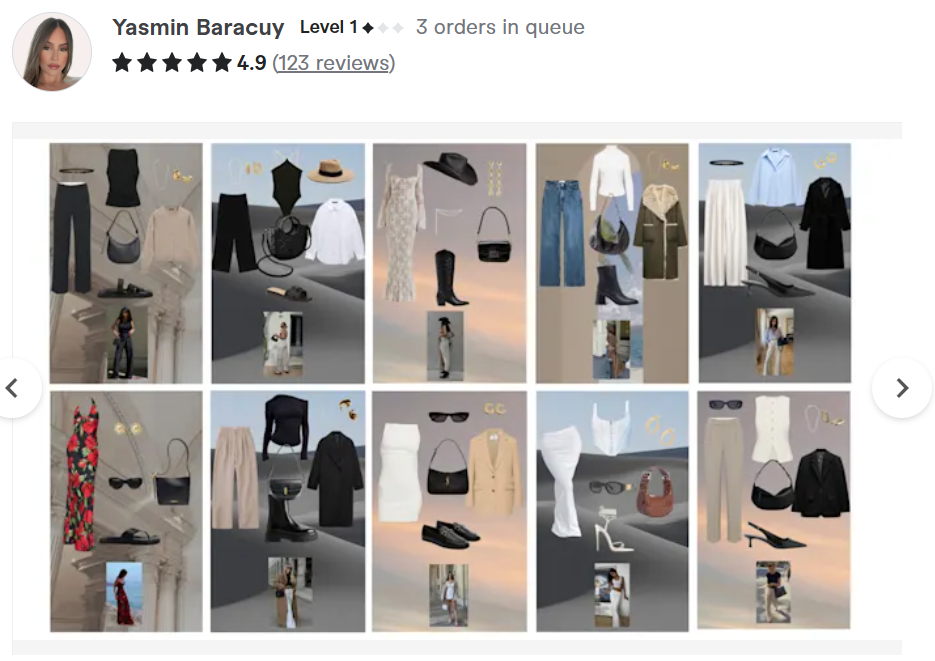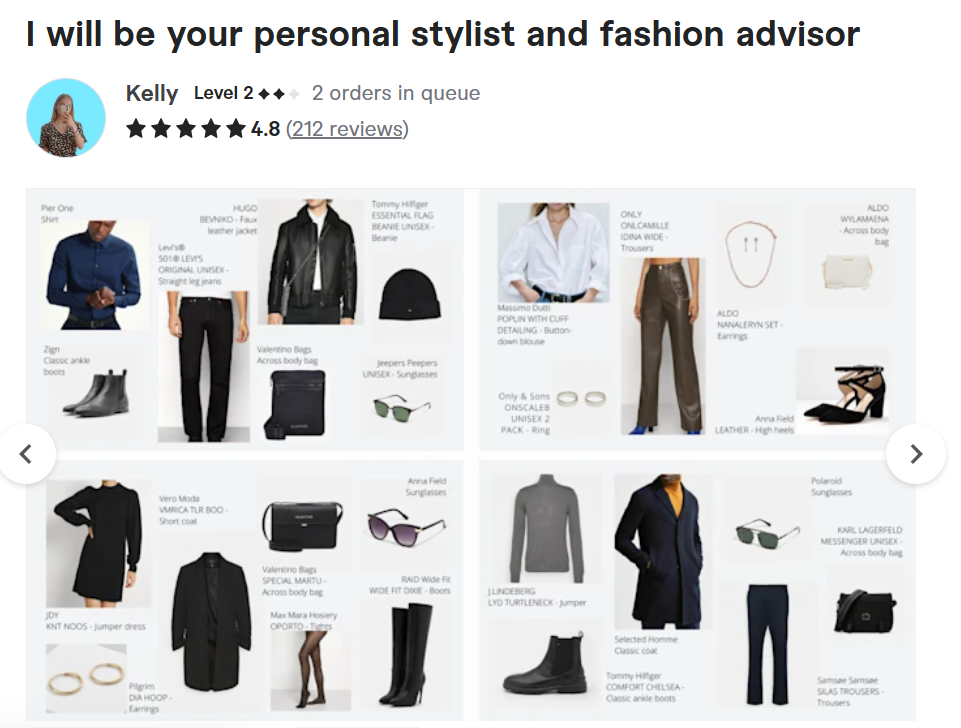Shopping psychology reveals that the average person wears only 20% of their wardrobe regularly, leaving 80% of clothing purchases hanging unworn in closets—a phenomenon that exposes fascinating insights into human behavior, consumer patterns, and our complex relationship with identity and desire.
This isn’t simply about poor shopping decisions or lack of self-control. Shopping psychology behind why we buy clothes we never wear involves deep-seated emotional triggers, cognitive biases, and social pressures that retailers have masterfully learned to exploit. Understanding these shopping psychology mechanisms can transform your relationship with fashion consumption and help you build a wardrobe you actually love wearing.
Shopping Psychology and Emotional Self-Medication
Shopping triggers the brain’s reward system, releasing dopamine and creating temporary feelings of pleasure and accomplishment. For many people, buying new clothes serves as emotional regulation—a way to cope with stress, sadness, boredom, or anxiety.
The act of purchasing provides instant gratification, but the emotional high is short-lived. This creates a cycle where people continually seek the next shopping fix, accumulating clothes that served their shopping psychology purpose at the moment of purchase but have no practical role in their actual lifestyle.
Research shows that people are more likely to make impulse clothing purchases when they’re experiencing negative emotions, treating shopping as a form of retail therapy that temporarily masks underlying issues.

The Optimism Bias in Shopping Psychology and Fashion Choices
Humans are naturally optimistic about their future selves, consistently overestimating how much their lifestyle, body, or preferences will change. This optimism bias leads to purchasing clothes for circumstances that never occur.
We buy cocktail dresses for parties we don’t attend, purchase workout clothes for exercise routines we never start, and invest in professional attire for career changes that don’t happen. Our optimistic predictions about future events rarely account for the reality of our current habits and lifestyle constraints.
Shopping Psychology: The Availability Heuristic and Trend Following
The availability heuristic causes us to overweight recent or memorable experiences when making decisions. If we’ve recently seen an influencer wearing a particular style or attended an event where everyone dressed a certain way, we’re more likely to purchase similar clothing.
However, these memorable instances don’t represent our actual daily life, leading to closets filled with clothes appropriate for situations that rarely occur in our real world.
The Sunk Cost Fallacy and Expensive Shopping Psychology Mistakes
Once we’ve invested significant money in a clothing item, we feel compelled to justify the purchase even when it doesn’t work for our lifestyle. This sunk cost fallacy keeps unworn expensive items hanging in our closets, unworn but too costly to donate or discard.
The psychological pain of admitting we made an expensive mistake often outweighs the practical benefit of clearing closet space, resulting in clothes that serve as expensive reminders of poor decisions.
The Social Shopping Psychology of Fashion Consumption
Status Signaling Through Shopping Psychology and Clothing Purchases
Much of our clothing purchasing behavior stems from deep-seated desires to signal social status, group membership, or personal identity. We buy brands and styles that we believe communicate certain messages about who we are or aspire to be.
However, the occasions to actually display these status signals may be limited. That designer handbag or luxury watch might feel essential at the moment of purchase but rarely finds appropriate contexts for display in everyday life.
Social Media and the Shopping Psychology of Identity Performance
The rise of social media has intensified the pressure to constantly present a curated image of ourselves, leading to purchases made primarily for their Instagram potential rather than practical wearability.
We buy statement pieces for the perfect photo opportunity, special occasion outfits for events we might attend, and trend-driven items to stay current with online fashion conversations. Many of these purchases serve their social media purpose once and then languish unworn.
The psychological satisfaction comes from the online engagement rather than the actual wearing of the clothes, creating a disconnect between purchase motivation and practical use.
The Retail Shopping Psychology That Manipulates Our Decisions
Scarcity Marketing and Shopping Psychology FOMO
Retailers expertly exploit our fear of missing out by creating artificial scarcity. Limited-time sales, “last chance” promotions, and “only a few left” messages trigger panic purchasing that bypasses rational decision-making.
This scarcity-induced anxiety leads to hasty purchases without proper consideration of how the item fits into our existing wardrobe or lifestyle. The fear of missing out overrides practical evaluation, resulting in closets full of “deals” we never actually wear.
The Anchoring Effect in Shopping Psychology Pricing
Retailers use the anchoring effect by showing high-priced items first, making moderately expensive pieces seem reasonable by comparison. A $200 dress feels affordable after seeing $500 options, even if $200 exceeds your actual budget or value assessment.
This psychological manipulation leads to spending more than intended on items that seemed like good value in the moment but don’t provide proportional satisfaction in real life.
Store Environment and Shopping Psychology Decision Fatigue
Shopping environments are carefully designed to overwhelm our rational decision-making processes. Bright lights, loud music, crowded spaces, and overwhelming choices create decision fatigue that makes us more susceptible to impulse purchases.
When our cognitive resources are depleted, we rely more heavily on emotions and quick judgments rather than careful evaluation, leading to purchases we wouldn’t make in a calm, rational state.
The Shopping Psychology of Seasonal and Sale Shopping
The Seasonal Identity Shift Fantasy in Shopping Psychology
Each new season brings the psychological promise of reinvention. Spring shopping is fueled by optimism and renewal, summer purchases promise adventure and social connection, fall shopping satisfies nesting instincts, and winter buying addresses comfort and celebration needs.
However, our actual seasonal behavior rarely matches these psychological fantasies. We buy summer party dresses while living quietly at home, purchase cozy sweaters while spending most time in climate-controlled environments, and invest in spring workout gear while maintaining sedentary routines.
Sale Shopping Psychology and Perceived Value
Sales create a psychological urgency that overrides practical need. The perception of getting a “deal” triggers reward centers in the brain, making the act of saving money feel as satisfying as the potential use of the item.
Many unworn clothes in our closets were purchased primarily because they were on sale, not because we had a genuine need or desire for them. The satisfaction came from the transaction rather than the acquisition.
Body Image and Aspirational Shopping Psychology
Buying for Different Body Sizes: A Shopping Psychology Pattern
Many people maintain clothes in multiple sizes, representing different periods of their life or aspirational body goals. This clothes buying pattern reflects complex relationships with body image and self-acceptance.
Smaller sizes represent hope for weight loss, while larger sizes acknowledge potential weight gain. Both categories often remain unworn because they represent hypothetical rather than actual bodies, creating closets that serve as repositories for body-related anxiety rather than functional wardrobes.
The Changing Room Illusion and Shopping Psychology
Store lighting and mirrors are specifically designed to make customers look their best, creating an illusion that doesn’t translate to home environments. Clothes that looked amazing in the fitting room often feel different under regular lighting and mirrors.
This disconnect between purchase context and wearing context contributes to buyer’s remorse and unworn clothing accumulation.
Breaking the Cycle: Shopping Psychology Strategies for Mindful Shopping
The 24-Hour Rule and Shopping Psychology Delayed Gratification
Implementing a waiting period between desire and purchase allows rational thought to override emotional impulses. The 24-hour rule gives your prefrontal cortex time to evaluate whether the purchase aligns with your actual needs and lifestyle.
Many impulse purchases lose their appeal when removed from the immediate shopping environment, revealing that the desire was more about the shopping experience than the actual item.
Wardrobe Audit Shopping Psychology
Regularly confronting unworn clothes in your closet creates awareness of your purchasing patterns and psychological triggers. This reality check helps identify the gap between your imagined self and actual lifestyle.
Understanding your specific patterns—whether you’re an optimistic purchaser, emotional shopper, or status seeker—enables more targeted strategies for change.
Identity Clarification Exercises for Shopping Psychology
Before shopping, clearly define your actual lifestyle, values, and aesthetic preferences. This self-awareness serves as a filter for purchase decisions, helping you recognize when you’re shopping for a fantasy self rather than your real identity.
Ask yourself: “Does this purchase align with how I actually live, not how I wish I lived?”
The Environmental and Financial Shopping Psychology
The Hidden Costs of Unworn Clothing in Shopping Psychology
Each unworn item represents not just wasted money but also wasted resources and storage space. The psychological weight of these unused purchases can create anxiety and guilt that affects overall well-being.
Understanding the true cost—financial, environmental, and psychological—of unworn clothing can motivate more mindful purchasing decisions.
Sustainable Shopping Psychology
Developing a psychological framework that values quality over quantity, longevity over trends, and intentionality over impulse can transform your relationship with fashion consumption.
This mindset shift requires recognizing that true satisfaction comes from wearing and enjoying clothes, not from the act of acquiring them.
Building a Shopping Psychology-Informed Wardrobe Strategy
The Capsule Wardrobe Shopping Psychology
Capsule wardrobes work because they align with psychological principles of decision reduction and identity clarity. Having fewer, more intentional pieces reduces decision fatigue while ensuring that everything in your closet serves a genuine purpose.
This approach satisfies the psychological need for variety through creative combination rather than constant acquisition.
Mindful Shopping Psychology Practices
Developing mindful shopping habits involves pausing to examine the psychological drivers behind each potential purchase. Are you shopping for entertainment, emotional regulation, or genuine need?
Creating shopping lists based on actual wardrobe gaps rather than desires helps maintain focus on practical rather than emotional purchasing.
Transforming Your Relationship with Fashion Through Shopping Psychology
Understanding the shopping psychology behind why we buy clothes we never wear isn’t about eliminating all emotional or aspirational shopping—it’s about creating awareness that enables more intentional choices.
The goal is to align your purchases with your actual life rather than your fantasy self, creating a wardrobe that supports and enhances your real identity rather than serving as a repository for unrealized dreams.
When you understand the psychological forces at work, you can harness them constructively, using fashion as a tool for authentic self-expression rather than a source of guilt, waste, and closet chaos.
Ready to transform your shopping psychology and build a wardrobe you actually love?
While self-awareness is the first step, working with a professional stylist can accelerate your transformation dramatically. A skilled personal stylist helps you:
- Identify your authentic style beyond psychological shopping triggers
- Create a strategic capsule wardrobe that matches your real lifestyle
- Conduct an honest wardrobe audit to eliminate unworn pieces
- Develop sustainable shopping habits based on your actual needs
- Save time and money by making intentional, psychology-informed choices
Professional stylists available for personalized wardrobe transformation:


…




Don’t let another season pass with a closet full of unworn clothes. Invest in professional guidance to break the psychological shopping cycles and create a wardrobe that truly serves your authentic self.
Start by examining the unworn items in your closet, then take the next step—book a consultation with a professional stylist to transform your relationship with fashion once and for all.





Pingback: The Ultimate Guide: How to Build a Timeless $10,000 Capsule Wardrobe in 2025 – Smart, Stylish & Sustainable for Life! - Lady Vibe Style